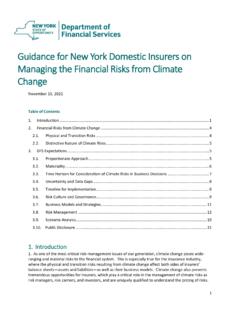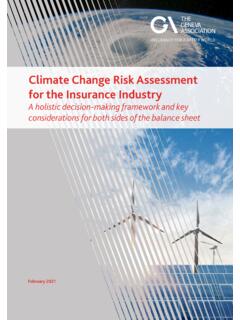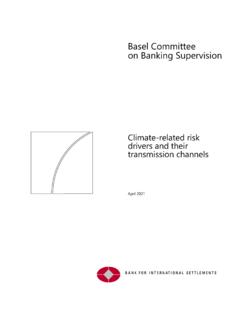Transcription of Using carbon dioxide (CO2) monitors to identify poor ...
1 Using carbon dioxide (CO2) monitors to identify poor ventilation CO2 monitors can help identify poor ventilation People breathe out CO2. If CO2 builds-up in a space it can show that ventilation needs improving CO2 monitors don t measure levels of COVID-19 but Using them can help you identify poorly ventilated areas They are not useful in all situations, for example in very large spaces or rooms with only one or two peopleTypes of monitor to use The most appropriate portable devices to use are non-dispersiveinfrared (NDIR) CO2 monitorsHow to use a CO2 monitor Follow the manufacturer s instructions to understand how to use your portable monitor correctly Place monitors at head height and away from windows, doors, or air supply openings Position them at least 50cm away from people as their exhaled breath contains CO2, any closer could give misleading measurementsHow to get accurate measurements In larger spaces more than one sampling location will usually be required Take several measurements throughout the day, when the room is occupied, to represent changes in use of the room Record your measurement, these numbers will help you decide if an area is poorly ventilatedUnderstanding the numbers The amount of CO2 in the air is measured in parts per million (ppm)
2 A consistent CO2 value below 800ppm is likely to indicate that an indoor space is wellventilated Where there is continuous talking, singing, or high levels of physical activity, indoors keepingCO2 levels below 800ppm is recommended CO2 levels consistently higher than 1500ppm in an occupied room indicate poor ventilationand you should take action It is important to remember that CO2 measurements are only a broad guide to ventilationrather than safe levels Next steps The measurements you have taken should help you assess the risk of poor ventilation and identify areas in your workplace where you need to take out more Ventilation during the coronavirus (COVID-19) pandemic For information about health and safety, or to report inconsistencies or inaccuracies in this guidance, visit the HSE website.
3 You can order HSE priced publications at the HSE Books website. HSE priced publications are also available from bookshops. This publication is available on the HSE website. Crown copyright. If you wish to reuse this information visit the HSE website for details. Published by the Health and Safety Executive 11/21












